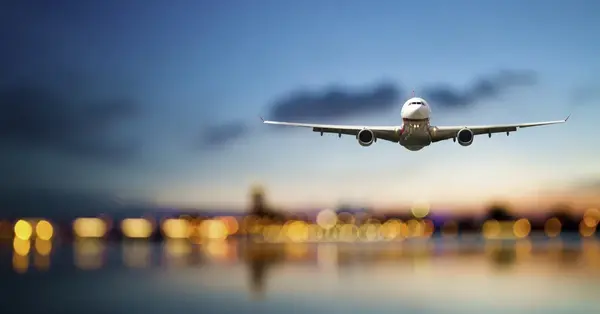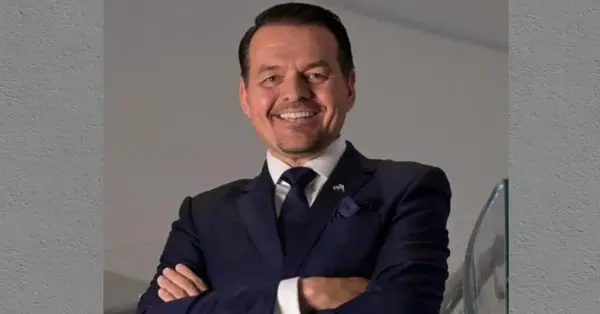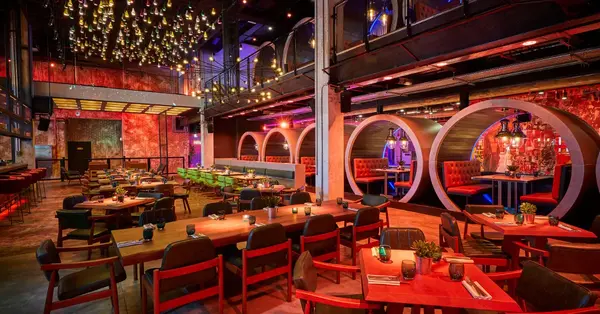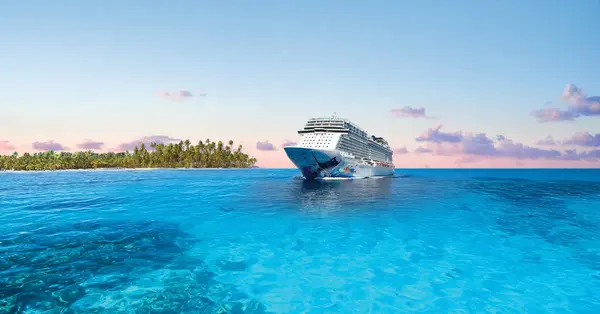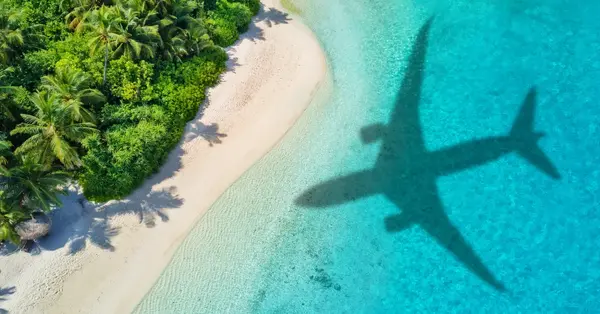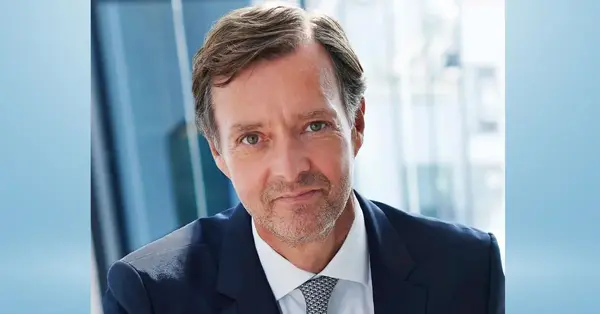You are viewing 1 of your 2 free articles
Interview: Karim Makhlouf on Royal Jordanian's 5-year plan
Karim Makhlouf is on a mission to grow Royal Jordanian. With 25 years' experience in the aviation industry, the German native with Tunisian roots started his career with the Lufthansa Group and was a member of the founding management team of Germanwings, a low-cost subsidiary of Lufthansa.
He went on to work at as chief commercial officer at both low-cost and legacy carriers, including Gulf Air, Malev and SkyEurope, before hatching big plans for Royal Jordanian, which include almost doubling the fleet.
Here, he talks to Connecting Travel about the airline's ambitious plans and its goals in sustainability.
CONNECTING TRAVEL: At Royal Jordanian, you're implementing a five-year growth plan. What can we expect from Royal Jordanian in 2027?
KARIM MAKHLOUF: The five-year restructuring plan of Royal Jordanian will almost double the fleet from 23 to 45 aircraft, positioning Jordan's capital Amman as a leading gateway for the Levant region. Furthermore, Royal Jordanian has placed a tender that will see the introduction of 34 brand new aircraft as part of an overall fleet renewal and growth plan that will put us in a position to offer one of the youngest fleets in the region during the next five years.
CT: Which aircraft will be added to the fleet?
KM: Royal Jordanian will ensure the most modern technology in its new fleet in line with our sustainability targets. We are currently finalising a tender for the entire narrow body order, which includes all larger narrow body operators: Airbus, Boeing and Embraer.
CT: Strong focus will also be placed on route development. Do you intend to launch new routes or change existing ones to increase productivity?
KM: We're transforming Amman to be the leading gateway in the Levant and enclosed region. Royal Jordanian will introduce new destinations in the region and increase frequency and connectivity with Levant destinations, mainly in Iraq, Lebanon, Egypt, Saudi Arabia, Greece, Cyprus and Israel.
CT: Will the Middle East's growing cruise market and ambitious rail plans impact local airlines?
KM: The development of rail and cruise markets within the Middle East will take a while longer. Once implemented, I see rather positive effects ahead with the combination and integration of the different transportation networks. The integration of railway transportation on shorter routes into the feed system of airports makes a lot sense.
SIGN UP NOW: GET THE CONNECTING TRAVEL DAILY NEWSLETTER
CT: What percentage of your routes serve direct point-to-point flights and what percentage are hub-and-spoke, channelling routes through a single intermediary hub?
KM: Today around 60% of our routes serve point to point travellers while 40% connect passengers through Amman. We're expecting to increase the number of connecting flights in line with our five-year growth plan, allowing higher occupancy rates and aircraft utilisation through the improved connecting hub.
In addition, we're applying the tour operator model on our scheduled flights in order to grow the numbers of tourists to Jordan, particularly from Europe and the US and Canada. This is already resulting in increased load factors, which improves the overall productivity. Therefore our new strategy is in line with our sustainability targets allowing improved usage of our aircrafts with a load factor increase of 10 to 15%.
CT: How else is Royal Jordanian aligning with the aviation industry goal to achieve net zero carbon emissions by 2050?
KM: In renewing our entire narrow body fleet with brand new aircraft utilising the newest technology, we expect a reduction of 36% emissions.
A further goal is the reduction of emissions intensity by 70% by 2050. Eliminating fossil-based emissions from the lifecycle of jet fuel is the mission of our industry.
Also, a Oneworld alliance member, we're following the jointly agreed emission reduction targets, which includes 10% SAF use across consolidated fuel usage volume by 2030, and we're committing to 50% SAF use by 2050. So far, the availability of SAF fuel was an issue in the Middle East, but now we're finding availability in Europe.
Royal Jordanian is currently preparing for its first flight with SAF contribution, which we'll test on our London flight.
Karim Makhlouf will join Connecting Travel Editorial Director Sarah Hedley Hymers on the Global Stage at Arabian Travel Market 2022 to further discuss the future of aviation at 12pm on Tuesday 10 May 2022. All ATM visitors are welcome to join the audience. For more information, visit www.wtm.com/atm









